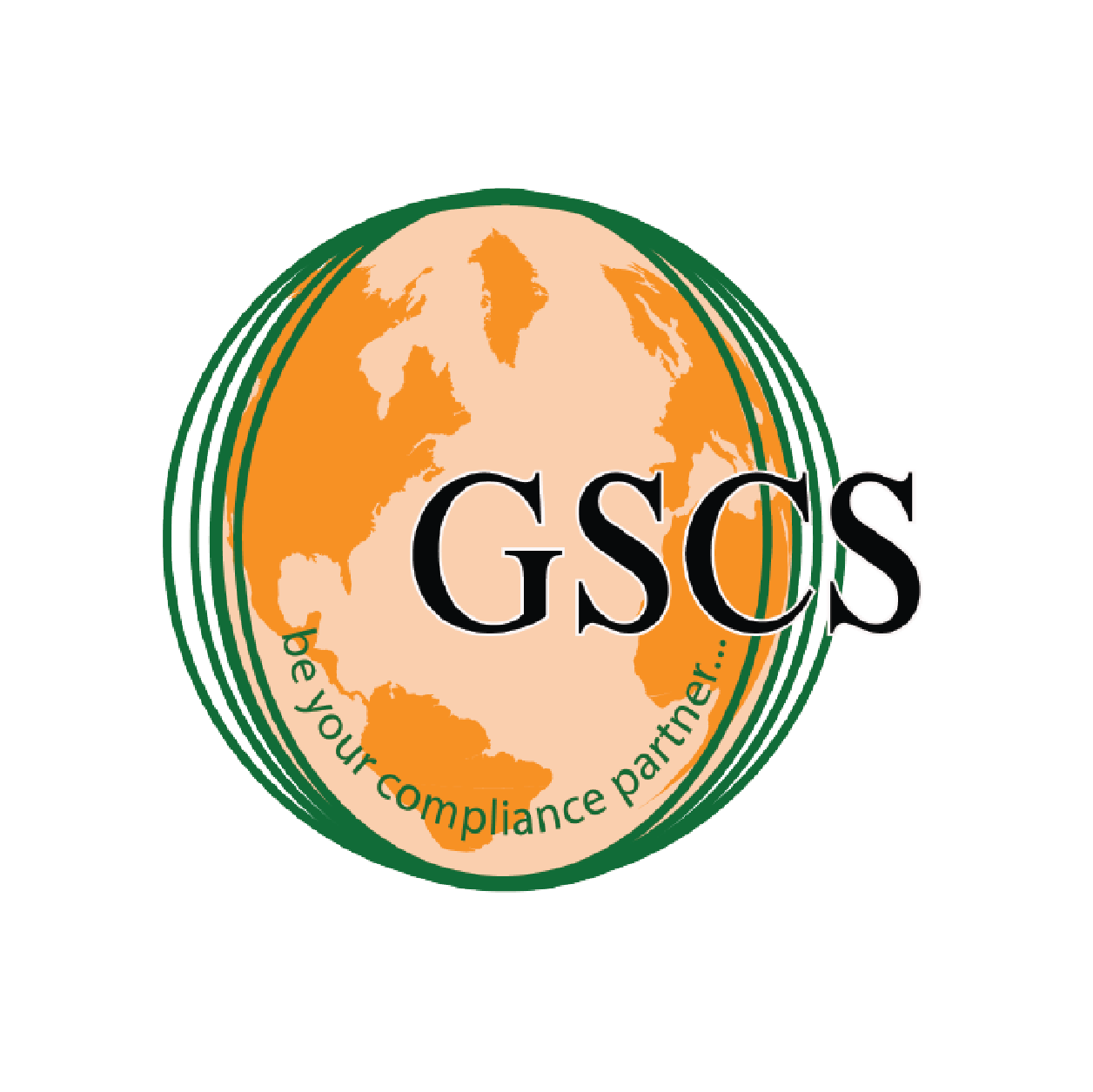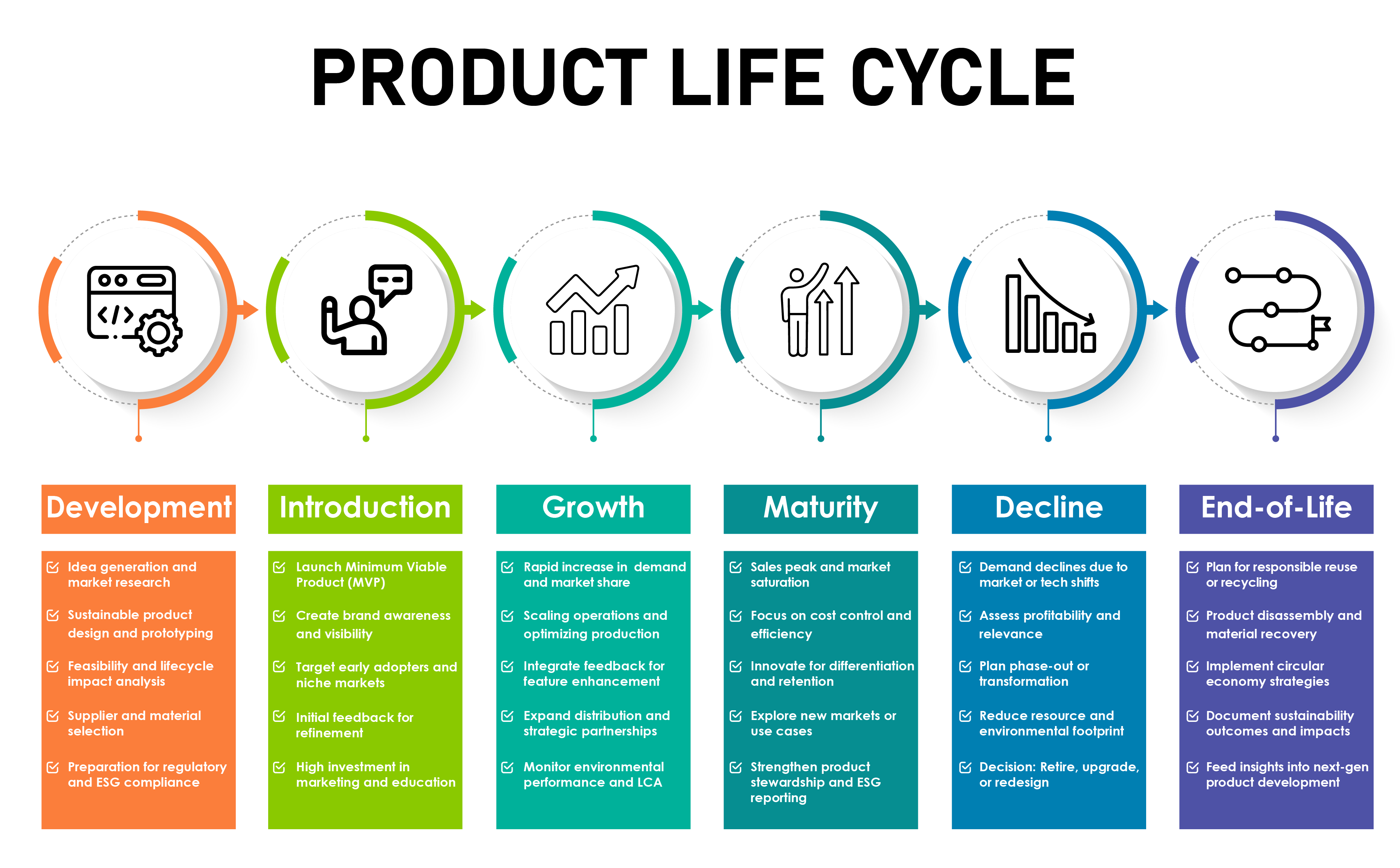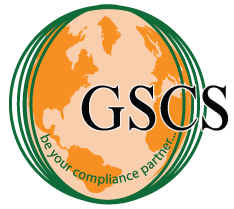
Product Life Cycle Assessment (LCA) Services | GSCS International
Introduction: Product Life Cycle (PLC) is a critical concept in sustainable product development, environmental impact management, and corporate strategy. It refers to the entire lifespan of a product—from raw material extraction and manufacturing to usage, disposal, or recycling. Understanding the product life cycle empowers businesses to make data-driven decisions on eco-design, innovation, pricing, resource efficiency, and GHG emissions reduction.
At a time when ESG compliance, circular economy practices, and climate-conscious product design are essential, adopting a product life cycle approach helps organizations:
- Reduce environmental impact across the supply chain
- Improve operational efficiency and cost control
- Align with international standards like ISO 14040/14044
- Meet sustainability reporting requirements such as CDP, GRI, and EPR mandates
In this article, we explore the concept of Product Life Cycle Assessment (LCA), its importance in today’s regulatory and sustainability landscape, and how businesses can benefit from life cycle thinking to drive innovation, compliance, and climate leadership.
GSCS International Ltd. supports companies worldwide with comprehensive Product Life Cycle and LCA consulting services—helping them implement sustainability at every stage of a product’s journey. Let us guide your organization toward smarter product stewardship and long-term competitive advantage.

What is the Product Life Cycle?
The Product Life Cycle (PLC) is a core framework used by businesses, manufacturers, and sustainability professionals to understand the complete journey of a product, from its initial concept to its final disposal or reinvention. It helps companies assess how products evolve in the marketplace and what strategies, investments, and sustainability efforts are appropriate at each phase.
Traditionally, the Product Life Cycle includes four key stages:
🔹 1. Introduction Stage
The product is launched to market for the first time.
- High development and marketing costs
- Limited consumer awareness
- Focus on building product visibility and attracting early adopters
🔹 2. Growth Stage
Customer demand increases, and the product gains market acceptance.
- Rising sales and profitability
- Expansion in distribution and marketing
- Opportunity to refine the product based on customer feedback
🔹 3. Maturity Stage
Sales stabilize, and competition becomes more intense.
- Market saturation
- Pricing pressure increases
- Focus shifts to differentiation, cost management, and value-added services
🔹 4. Decline Stage
Demand drops due to market saturation, technology changes, or evolving consumer needs.
- Decreasing sales and profitability
- Decision-making around product withdrawal, redesign, or replacement
- Opportunity to integrate sustainable end-of-life strategies
🌀 Optional Extended Stages for Circular Economy Alignment:
- Development Stage (Pre-Launch): Product concept, research, design, and prototyping
- Withdrawal or End-of-Life Stage: Post-market phase involving reuse, recycling, or disposal, supporting circular economy models
Some models include additional stages such as Development (pre-launch) and Withdrawal (post-decline) to provide a full cradle-to-grave view of the product’s journey. The concept is used across industries to manage product portfolios, plan investments, and integrate sustainability throughout the value chain.
Why Product Life Cycle is Important for Businesses
Understanding and applying the PLC framework is crucial for maximizing product success and planning sustainability transitions. Here’s why:
- Strategic Decision-Making: PLC helps businesses allocate resources, tailor marketing, and plan R&D efforts across each stage.
- Cost and Risk Management: Knowing the stage of a product allows companies to control costs and manage risks proactively.
- Sustainable Product Development: It encourages companies to reduce environmental impact across all stages—design, use, and disposal.
- Market Responsiveness: Adapting to changing customer needs and market trends becomes easier with a lifecycle-based approach.
The Benefits of Applying the Product Life Cycle Approach
Businesses that adopt a lifecycle approach to product management enjoy several advantages:
- Improved Product Performance: Lifecycle analysis helps identify inefficiencies in product design, production, and supply chains—enabling better quality and durability.
- Customer-Centric Innovation: Tracking product evolution encourages customer-focused improvements that drive engagement and satisfaction.
- Better Investment Planning: Knowing when to invest in marketing, redesign, or withdrawal avoids wasted resources and maximizes return.
- Environmental Sustainability: Integrating lifecycle thinking enables businesses to design low-impact products and reduce carbon, water, and material footprints.
How to Implement Product Life Cycle Management
Here’s a practical approach to adopting PLC strategies within your organization:
Identify the Product Stage: Determine whether your product is in development, introduction, growth, maturity, or decline using sales data, market feedback, and competitor analysis.
Define Strategies per Stage: Apply specific strategies for each phase:
- Introduction: Focus on awareness, branding, and early adopters.
- Growth: Expand distribution, improve features, optimize production.
- Maturity: Differentiate from competitors, offer value-adds, manage costs.
- Decline: Decide between revamping, phasing out, or replacing.
Conduct Life Cycle Assessments (LCA): Evaluate environmental impacts at each stage using ISO 14040/44 or ISO 14067 standards to make sustainable improvements.
Track Performance and Feedback: Monitor market trends, customer input, and operational data to determine when a product needs redesign or replacement.
End-of-Life Management: Plan for reuse, recycling, or proper disposal to minimize waste and support circular economy goals.
Why Choose GSCS International Ltd. for Life Cycle-Based Services?
GSCS International Ltd. is a trusted partner for organizations seeking to implement life cycle thinking across products and operations:
- Life Cycle Expertise – Deep experience with Product Life Cycle and Life Cycle Assessment (LCA) methodologies.
- Cross-Sector Knowledge – Specialized strategies for manufacturing, apparel, consumer goods, and packaging industries.
- Sustainability-Integrated Solutions – We embed environmental and social criteria into product planning and lifecycle strategies.
- Training and Advisory – We offer workshops, custom frameworks, and decision-making tools for life cycle thinking.
- LCA and ISO Support – Guidance on ISO 14040/44, ISO 14067, and GHG Product Standards.
Conclusion:
The Product Life Cycle is more than just a business model—it's a strategic tool for innovation, sustainability, and competitive growth. From concept and creation to use and end-of-life, understanding your product’s lifecycle helps you stay agile, sustainable, and ahead of the market.
Whether you're launching a new product, seeking ESG compliance, or aiming to reduce environmental impact, GSCS International Ltd. is your expert partner in life cycle management and LCA implementation.
FAQ:
Introduction, Growth, Maturity, and Decline.
It enables companies to consider environmental impacts at each phase—from raw material sourcing to product disposal.
PLC is a marketing and product management concept; LCA is a scientific method to assess environmental impact.
Through design improvements, upgrades, rebranding, and efficient maintenance or service models.
It can be applied to both products and services to manage development, growth, and eventual phase-out.
